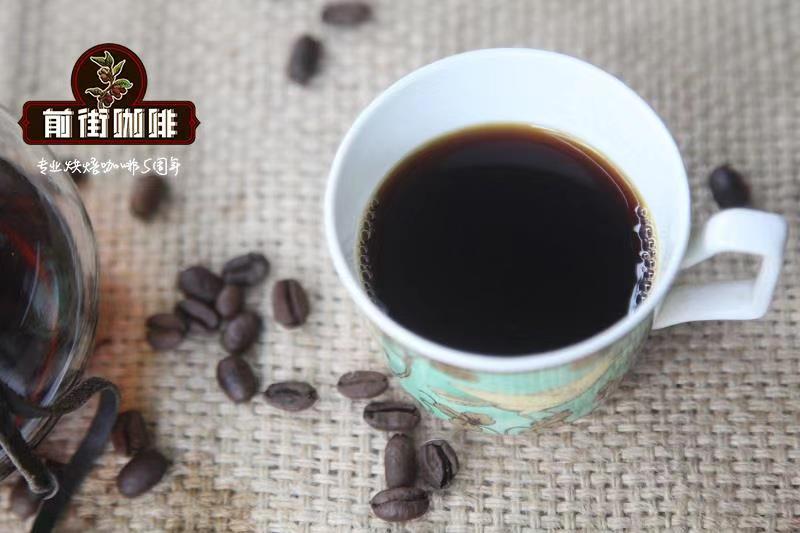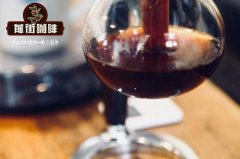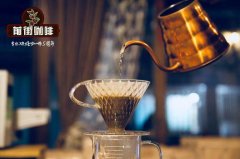How to bake Yega Sheffield coffee beans

Professional coffee knowledge exchange more coffee bean information please follow the coffee workshop (Wechat official account cafe_style)
Share the baking curve of washed fruit and diced fruit in Qianjie.
With the pursuit of the traceability of raw coffee beans, one by one independent "single producing areas" have been excavated by coffee hunters all over the world. Therefore, in 2012, Guoding Ding, which has about 300 farmers, independently established the "Guoding Co-operative".
Guodingding Village was the first independent village area, and many small farmers were also members of the Waka Cooperative, so the technology of producing coffee was not to mention.
Guodingding Cooperative is known as the last piece of pure land of Yejia Xuefei, so the raw bean treatment is also a very traditional treatment (water washing and sun treatment).
Today, the editor came to share the baking curve of washing Yega Xuefei fruit dingding. in order to show the personality of this bean, the Qianjie baker baked three different curves for comparison.
The Godding Cooperative, located in the Waka producing area at the southeast end of Yega Sheffield, was originally part of the Waka Cooperative under the YCFCU of the Yega Sheffield Alliance.
Roaster Yangjia 800N (baking capacity 300g)
Curve-cup test result
Curve one
Enter the bean temperature: 180 ℃, turn yellow point: 5 times 39 percent 00 ", 151.9 ℃, one burst point: 8 percent 39 percent 30", 184.1 ℃, develop 2 percent 39 percent 08 "after one explosion, 194 ℃ out.
Flavor: smoke, citrus, with the change of temperature sipping flowers, caramel, honey, finish with creamy aroma.
Curve two
Enter the bean temperature: 180 ℃, turn yellow point: 5 times 39 percent 00 ", 149.9 ℃, one burst point: 8 percent 39 percent 42", 183.8 ℃, develop 1 percent 39 percent 48 "after one explosion, 193.5 ℃ out.
Flavor: citrus, cream, with the change of temperature sipping berries, black tea, caramel sweet, the aftertaste of citrus.
Curve three
Enter the bean temperature: 180 ℃, turn yellow point: 5 times 39 ℃ 10 ", 151.1 ℃, one burst point: 8 percent 39 percent 46", 184.5 ℃, develop 1 percent 39 percent 28 "after one explosion, 192.3 ℃ out.
Flavor: Wood, citrus, with the change of temperature sipping caramel, cream, tail with a sense of astringency.
END
Important Notice :
前街咖啡 FrontStreet Coffee has moved to new addredd:
FrontStreet Coffee Address: 315,Donghua East Road,GuangZhou
Tel:020 38364473
- Prev

Description of flavor of Colombian caffeic acid unsour Colombian coffee by anaerobic treatment
Professional coffee knowledge exchange more coffee bean information please follow the coffee workshop (Wechat official account cafe_style) the front street Columbia Tree Manor double anaerobic washing coffee introduction Colombian coffee is one of the few single coffee sold in the world under the national name. Colombia is considered to be the best coffee producing area in South America, and the coffee produced is bright, fruity and rich.
- Next

Is shallow baking more fruity? shallow baking Yega Chefe baking curve sharing
Professional coffee knowledge exchange more coffee bean information please follow the coffee workshop (Wechat official account cafe_style) Qianjiaxiefi red cherry baking curve sharing Yega Xuefei is a small town in Ethiopia, 1700-2100 meters above sea level, is one of the world's highest coffee-producing areas, but also synonymous with Ethiopian boutique coffee. Lake Turkana, Lake Abaya, Cha
Related
- Beginners will see the "Coffee pull flower" guide!
- What is the difference between ice blog purified milk and ordinary milk coffee?
- Why is the Philippines the largest producer of crops in Liberia?
- For coffee extraction, should the fine powder be retained?
- How does extracted espresso fill pressed powder? How much strength does it take to press the powder?
- How to make jasmine cold extract coffee? Is the jasmine + latte good?
- Will this little toy really make the coffee taste better? How does Lily Drip affect coffee extraction?
- Will the action of slapping the filter cup also affect coffee extraction?
- What's the difference between powder-to-water ratio and powder-to-liquid ratio?
- What is the Ethiopian local species? What does it have to do with Heirloom native species?

